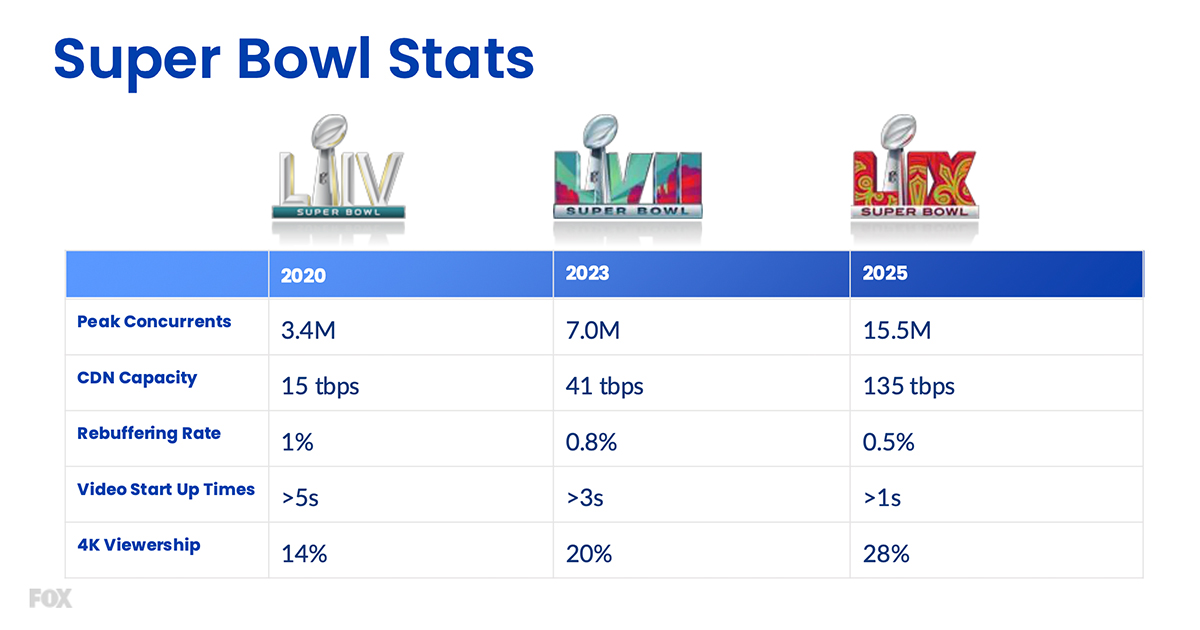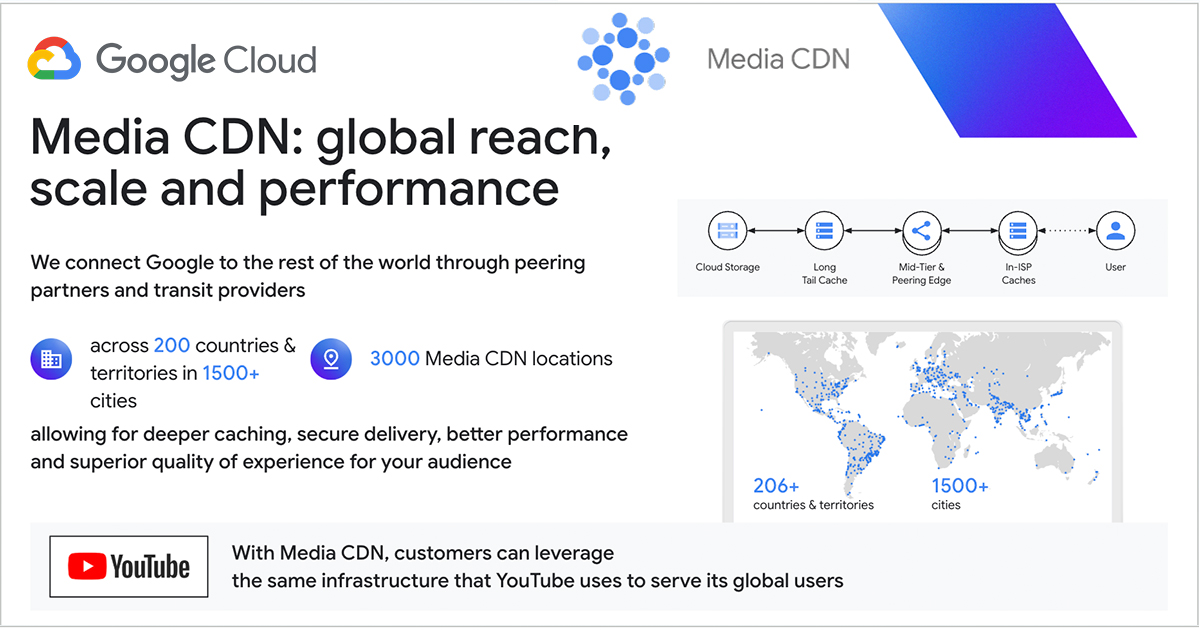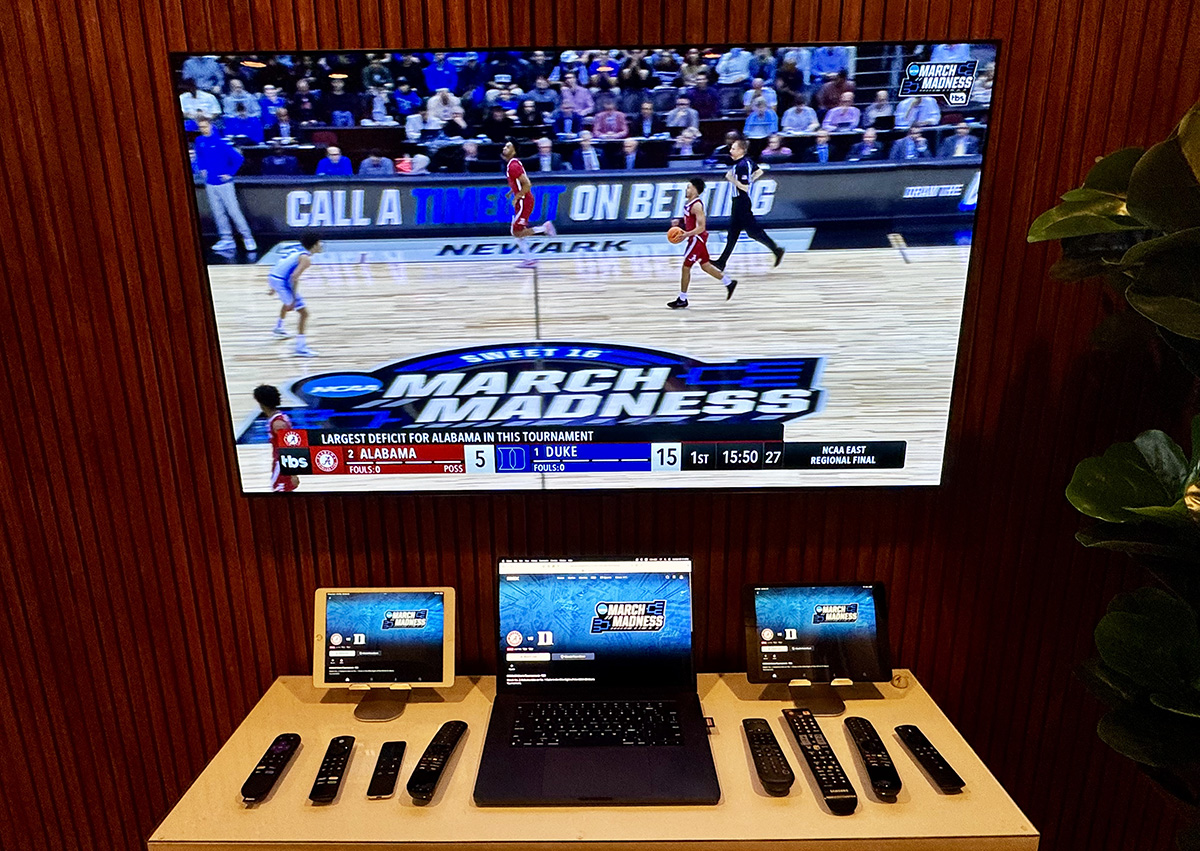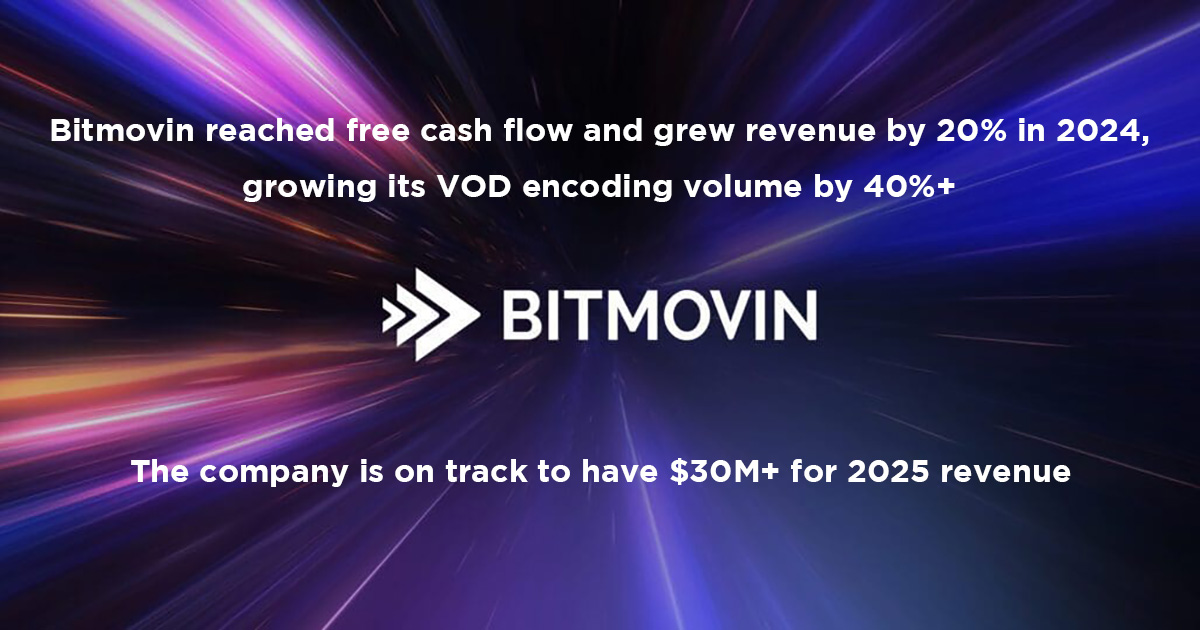The Importance of Common Access Tokens to Detect Piracy Across CDNs

Despite widespread recognition of streaming piracy, quantifying and combating it remains a significant challenge. Conversations and presentations during the recent 2025 NAB Show highlighted the industry’s ongoing concern, with many content owners talking privately about the problem. While few content owners are willing to speak openly about piracy’s impact on their bottom line and what they are doing to combat it, the new CTA-WAVE Common Access Token standard can help address the problem.
The stakes and tensions for content rights are not higher than in professional sports. Billions of dollars flow through the global sports media ecosystem, making it imperative for leagues, rights holders, and technology partners to collaborate to protect broadcast rights and distribution channels. Every unauthorized viewer represents a potential loss in advertising impressions, subscription revenue, or PPV fees. Moreover, piracy can lead to a degradation of the brand, whether it’s the league, team, or distributor.
A recent example of rising tensions over piracy concerns came when LaLiga, Spain’s top football league, accused Cloudflare of enabling illegal streaming by shielding the IP addresses of websites that broadcast pirated content, including live LaLiga matches. In a blistering public statement, LaLiga claimed Cloudflare was actively enabling illegal activities, including human trafficking and fraud. A Spanish court granted the league authority to compel internet service providers to block IP addresses associated with the illegal streams. In response, Cloudflare took legal action, arguing that LaLiga’s IP blocking tactics were disproportionate and disrupted legitimate websites.
While the LaLiga-Cloudflare incident is bringing needed attention to piracy, it does little to address the core problem – how to stop illegal streaming. This is where an interesting technology demonstration by Akamai at NAB comes into play. Working with distributed data company Harper (formerly HarperDB), Akamai showcased a solution leveraging the new CTA-WAVE Common Access Token standard that can detect abuse across multiple CDNs to identify and quickly mitigate pirated streams.
The distributed data layer monitors the CDN-agnostic token assigned to a viewer at login and can verify if a given token is being re-shared and at what scale. Streaming providers can set policies to determine when access is revoked and what, if any, content is delivered in its place. For instance, it could be a warning to the viewer that they are watching stolen content, a watermark, or even a severely degraded stream that adversely affects the pirate’s brand. The goal is to drive viewers away from the illegal stream without alerting the pirate, who might otherwise have the opportunity to fix the stream. However, taking down the stream entirely is also an option.
Speed, or low latency, is crucial in this context. Mitigation efforts must happen quickly to protect revenues, preserve investments and relationships, and maintain brand integrity. By running an app on Harper containing token information across Akamai’s distributed compute locations, customers can verify the claims across any CDN a distributor uses and validate that streams are not being abused or shared. This approach allows for the scale and speed needed to conduct what could be billions of checks throughout a given event, depending on the policies set, regardless of the CDNs or clouds being used.
Anti-piracy capabilities like the one Akamai demonstrated at NAB mark a promising step forward in curbing the piracy epidemic. Akamai is already conducting proofs of concept with several major streaming services, and tells me that reference code is available for implementation today. What other tech do you see being implemented to combat illegal streaming?







